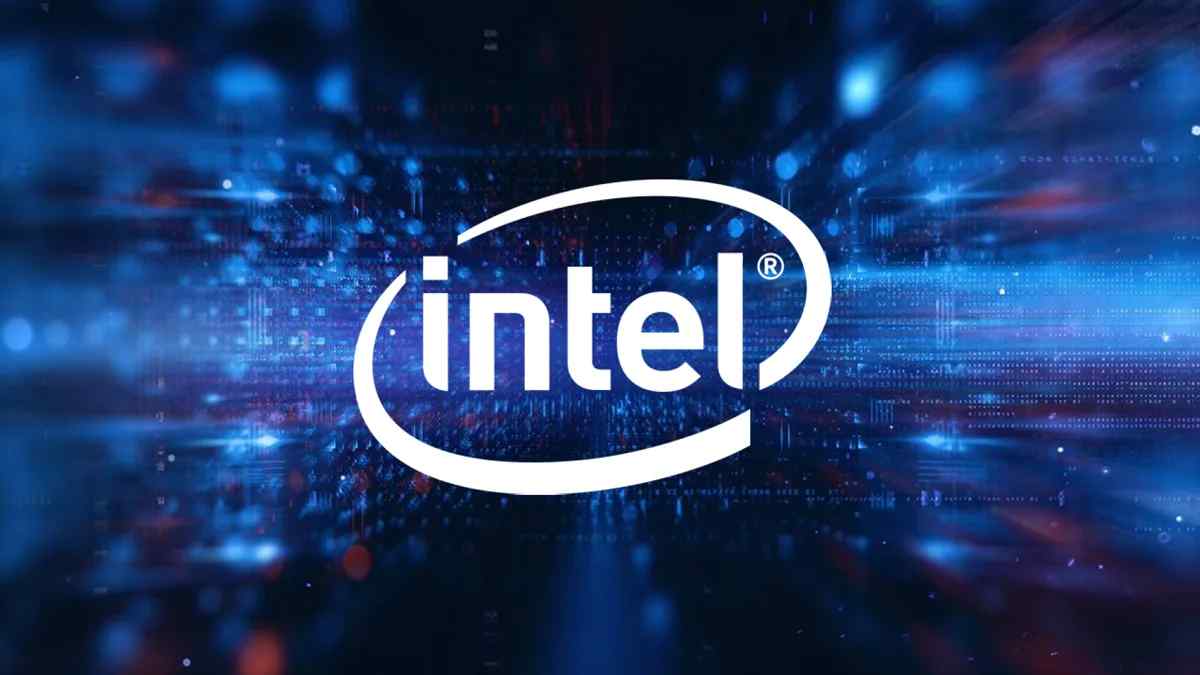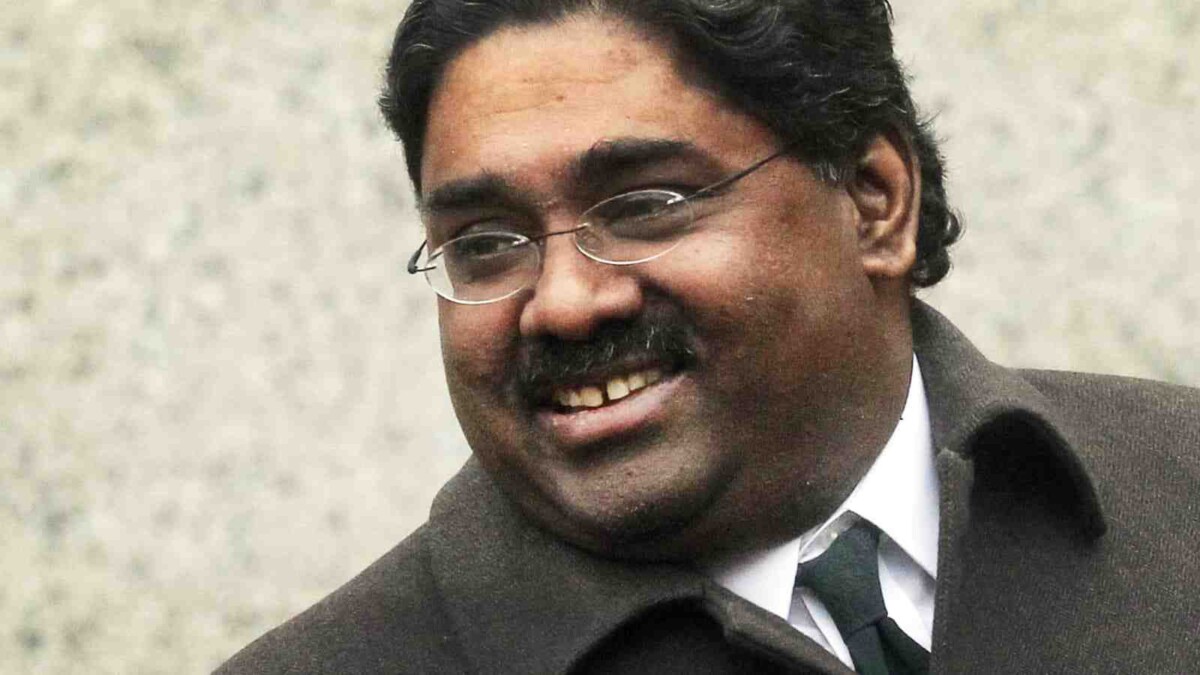Introduction
Allegations of illegal financial gains through the exploitation of privileged information have put the renowned technology corporation Intel in the limelight due to the insider trading scandal. Brian Pridgeon, a former Intel employee, is facing conspiracy and securities fraud charges alongside his cousin Stephon Carradine and business partner Craig Smith. The veracity of company records, standards of ethics in the tech sector, and potential legal ramifications have all been cast into doubt by their alleged acts. This analysis dives into the main points of the Intel insider trading controversy, clarifying what happened, the consequences legally, and how it affected the computer industry as a whole.
Intel Insider Trading Scandal Synopsis
Allegations of illegal financial gain from the use of secret knowledge inside the technology industry centre the Intel insider trading incident. Accused of participating in insider trading that led to significant profits are Brian Pridgeon. A former product marketing engineer at Intel, his cousin Stephon Carradine, and business partner Craig Smith. Numerous regulatory agencies, such as the United States Attorney’s office and the Securities and Exchange Commission (SEC), have taken notice of the controversy.
Brian Pridgeon, Stephon Carradine, And Craig Smith Are The Individuals Involved In This Case
Brian Pridgeon
From January 1999 until March 2000, 36-year-old Brian Pridgeon worked for Intel as a product marketing engineer. The accusations state that Pridgeon traded securities using confidential knowledge he had while working at Intel. Because of his position inside the corporation, he had access to confidential information regarding financial transactions and joint ventures.
Stephon Carradine
The cousin of Brian Pridgeon is identified as 37-year-old Stephon Carradine of Long Beach, California. The story goes like this: Pridgeon told Carradine some secret knowledge, and Carradine told Craig Smith. There is evidence that links Carradine to the scheme to use insider information to trade stocks.
Craig Smith
One of the business partners associated with the insider trading fraud is Craig Smith, a 50-year-old from Long Beach, California. His alleged use of confidential information he obtained from Stephon Carradine to make profitable stock trades is now under scrutiny.
The Insider Trading Scheme’s Essential Detailing
The insider trading scam mainly included Brian Pridgeon’s use of sensitive information pertaining to a partnership between Intel and a tiny technology business called Ancor Communications Inc. Ancor and Intel were planning to work together to create new technology, and Pridgeon supposedly found out about the deal in the autumn of 1999. Intel was also planning to buy a lot of stock from Ancor. Pridgeon bought 5,600 shares of Ancor stock using this non-public knowledge . It is before the merger was revealed to the public in December 1999. As a result of selling these shares, Pridgeon made $137,000.
Stephon Carradine, Pridgeon’s cousin, is accused of having gotten his hands on the secret information. And utilised it to trade options on Ancor shares with Craig Smith. Their trades, executed following the public announcement of the Intel-Ancor agreement, generated profits totaling $95,000. Conspiracy and securities fraud are among the charges, and a conviction may result in harsh punishments, including a maximum of 25 years in prison. Regulatory bodies’ resolve to crack down on insider trading in the tech industry is highlighted by this case.
Intel Insider Trading: Craig Smith And Stephon Carradine’s Role
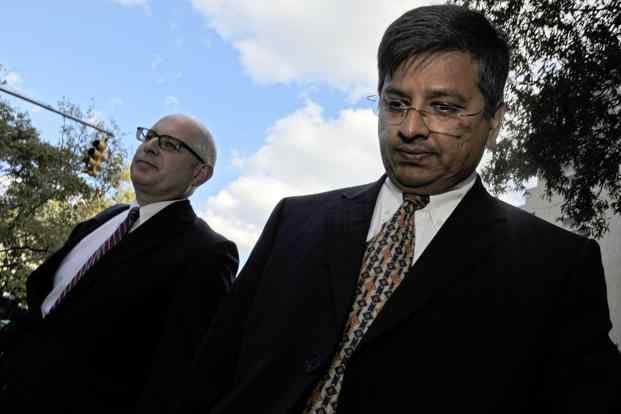
Brian Pridgeon And My Relationship
Allegedly linked to Brian Pridgeon, a former Intel product marketing engineer, were Stephon Carradine and Craig Smith. These are the people who were involved in the Intel insider trading controversy. Intel and Ancor Communications Inc. accuse Pridgeon of taking advantage of secret knowledge about their partnership. Despite having worked for Intel from 1999 to 2000. It appears that Pridgeon gained aware of a scheme involving a relationship with Ancor. It is to create new technology while employed at Intel.
Claims Of Obtaining Insider Knowledge And Making A Profit From Stock Transactions
According to the claims, Pridgeon told his cousin Stephon Carradine about this secret information, who subsequently told Craig Smith. Carradine and Smith were able to profit from their expertise thanks to the chain reaction of insider information disclosure. Such behaviour gives rise to significant ethical and legal difficulties. Those who hold positions of trust are expected to uphold high ethical standards and refrain from using their positions for personal benefit.
Particulars Of The Options Trades And Earnings
Ancor Communications Inc.-related options trading by Carradine and Smith is a key component of the insider trading conspiracy. Before the partnership with Intel was announced to the public in December 1999, they allegedly made a strategic maneuver by buying Ancor stock options. By selling the options soon after the public announcement, they were able to make a considerable profit thanks to this clever action. With a grand total of $95,000, the profits made from these deals were substantial. These elements are being highlighted by the SEC and the U.S. Attorney’s office as they construct a case against the accused, drawing attention to the deliberate nature of their activities. And the illicit financial benefits that they received.
Intel’s Reaction
Officials From Intel Did Not Respond Right Away
Intel Corporation has noticeably delayed making statements regarding the insider trading case that involved one of its former employees. Intel’s decision to remain silent on the matter has sparked concerns over its knowledge of Brian Pridgeon’s actions and the effectiveness of internal measures meant to avoid similar betrayals of trust. The public and investors alike are wondering where Intel stands on the allegations of wrongdoing because of the company’s slow reaction.
How This Might Affect Intel’s Standing In The Market And Its Partnerships
There may be more than just legal ramifications for those implicated in this insider trading incident. Integrity, creativity, and moral company practices have helped Intel become a household name in the computer sector. If its employees are found to have engaged in insider trading, it might severely damage its brand. And lose the faith of its shareholders, partners, and consumers. Legal disputes could affect Intel’s business relationships if partners and collaborators reconsider their ties to a corporation.
Intel must confront the charges openly and take swift measures to alleviate any harm to its reputation. It is to avoid regulatory scrutiny and affect its position in the competitive IT market. Pressure on Intel to reaffirm its dedication to ethical behaviour. And the strength of its internal controls will undoubtedly increase as the legal procedures progress.
Intel Insider Trading: Cases And Their Impact On The Industry
Rajiv Goel
Rajiv Goel’s (a former executive at Intel Corporation) story is remarkably similar to another one that highlights how widespread insider trading is. For his part in an insider trading scam, Goel received a two-year probationary term. He had given Galleon Group CEO Raj Rajaratnam substantial, nonpublic information about Intel. Rajaratnam made a tonne of money illegally thanks to Goel’s efforts. Which included leaking Intel’s quarterly profits and details about Intel’s investment in Clearwire Corporation. Although this situation is distinct, it highlights the difficulties. That prominent companies like Intel encounter when trying to protect sensitive information from dishonest employees.
The High-Tech Community Faces Broader Implications
The Goel case and the Intel insider trading scandal have sent shockwaves through the tech industry. It is by making people nervous about the security of confidential data held by these businesses. These companies are easy prey for insider traders due to their dependence on innovative technology and rapid pace of development. These kinds of incidents damage companies’ reputations and cause investors to lose faith in the industry’s honesty.
In addition, tech businesses may reevaluate their internal security policies and safeguards in light of recent instances. Having a strong system in place to detect and prevent insider trading is crucial for staying ahead in the ever-changing tech industry. To protect the sector’s integrity from illegal financial operations, stakeholders may see more regulatory control, stricter monitoring, and a general effort to strengthen ethical standards.
Police Units And Special Operations Groups
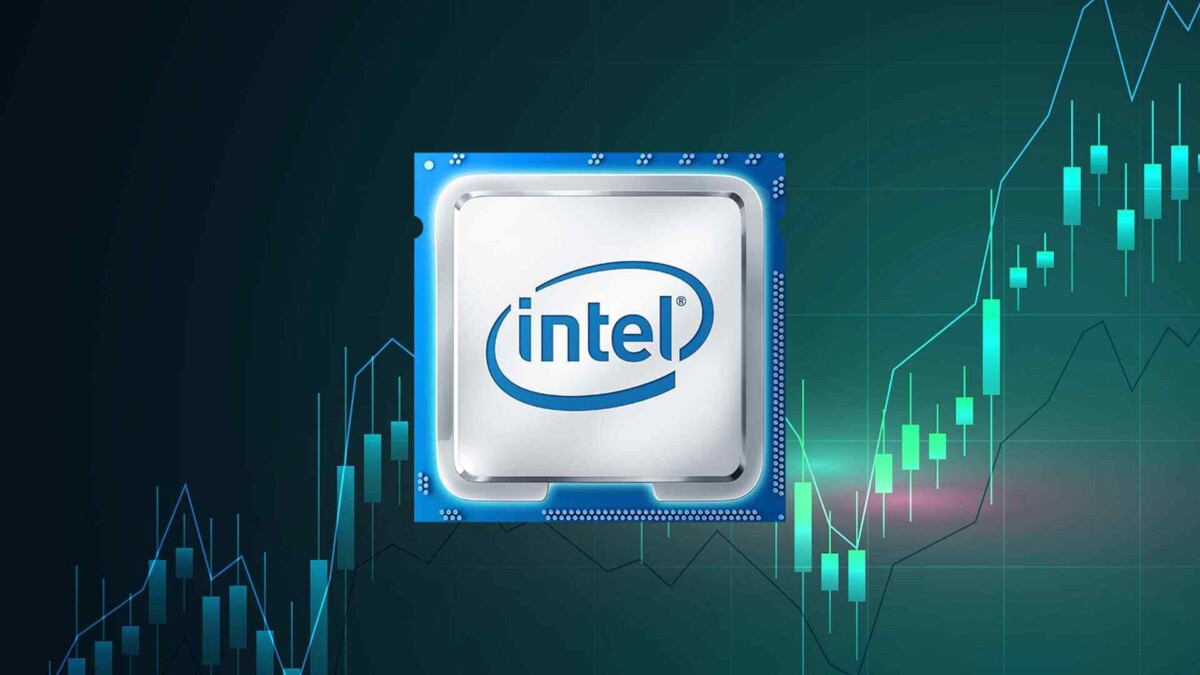
The Commission On Combating Financial Fraud’s Role
The Intel insider trading scandal has led to the Financial Fraud Enforcement Task Force’s (FFETF) active intervention. The FFETF is an interagency task force that was formed during the Obama administration. It is with the purpose of fighting financial crimes by coordinating the work of several federal agencies, regulatory bodies, and law enforcement entities. When it comes to organising the investigation. And prosecution of persons implicated in the alleged insider trading scam, the FFETF is instrumental. A proactive and coordinated approach aiming to ensure justice. And safeguard the integrity of financial markets is demonstrated by the task force’s commitment to combating financial crimes.
Cooperation Among Federal Regulatory Bodies, Law Enforcement, And Other Agencies
A number of actors in the regulatory and legal spheres need to work together more effectively in light of the insider trading scandal that rocked Intel. Coupling with the FFETF in their pursuit of criminal charges are federal entities. Such as the United States Securities and Exchange Commission (SEC) and the United States Attorney’s office. When it comes to researching insider trading and securities fraud, regulatory bodies like the SEC are invaluable resources. At the same time, the FBI and other law enforcement organisations are working tirelessly to find proof. And conduct a comprehensive investigation into the alleged illegal activity. By working together, we can strengthen our position in the fight against financial malfeasance. And show that we are committed to protecting the rule of law.
State and local law enforcement agencies are also working together with federal agencies to broaden the scope and depth of the investigation. The coordinated effort is to prosecute the insider traders and send a strong message to other members of the financial world. That they will not be tolerated by combining their resources and knowledge. The dedication to preserving the honesty and equity of the financial markets. And the gravity with which such crimes are handled are both highlighted by the interdependence of government agencies, regulatory organisations, and law enforcement.
Intel Insider Trading : Possibilities And Legal Remedies
Both the United States Securities and Exchange Commission (SEC) and the United States Attorney’s office in Los Angeles have filed charges in relation to the Intel insider trading case, which has substantial legal implications. Brian Pridgeon, Stephon Carradine, and Craig Smith are currently facing significant conspiracy. And securities fraud charges, which indicate a willful attempt to profit from privileged information.
Matters Initiated By The SEC And The US Attorney’s Office
United States Attorneys’ offices and the Securities and Exchange Commission (SEC) have worked together to punish those responsible. It is probable that the SEC, which is in charge of supervising securities transactions. And executing securities regulations, has prioritised civil accusations, aiming for monetary fines and injunctions to forestall additional illegal conduct. The seriousness of the alleged crimes is being highlighted by the simultaneous pursuit of criminal charges by the U.S. Attorney’s office.
Charges Of Securities Fraud And Conspiracy
Pridgeon, Smith, and Carradine are all facing conspiracy and securities fraud charges. The allegation of a conspiracy brings to light a concerted attempt to trade securities using nonpublic information. Demonstrating a coordinated effort to engage in unlawful activity. Intentionally misleading investors or the market for one’s own benefit, frequently through the exploitation of sensitive information, is the implication of securities fraud accusations.
The Highest Possible Prison Terms
There is a strong possibility of lengthy prison terms (up to 25 years) for those found guilty. The seriousness of the accusations demonstrates the court system’s determination to prevent insider trading and keep financial markets functioning properly. The drastic repercussions are a sobering reminder of the heavy fines that can result from using confidential information for personal gain.
Punishment And Asset Seizure
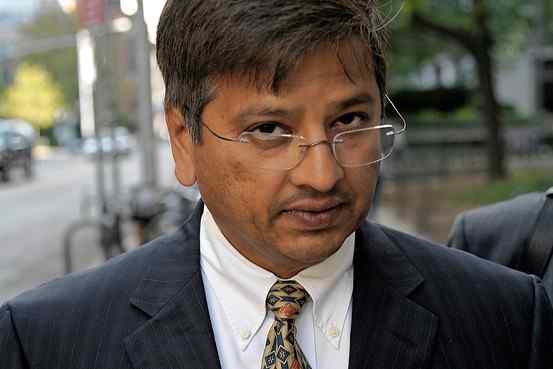
The Decision And Impact Of Rajiv Goel’s Sentence In A Concurrent Matter
Former Intel executive Rajiv Goel was involved in a related insider trading scandal and faced legal ramifications. For his part in giving Galleon Group CEO Raj Rajaratnam with substantial, nonpublic information regarding Intel, Goel received a two-year probationary term. U.S. District Judge Barbara S. Jones presided over the sentencing hearing in federal court in Manhattan. Two counts of securities fraud and conspiracy to conduct securities fraud were included in Goel’s February 2010 guilty plea.
The particulars of Goel’s behaviour include his provision of Rajaratnam with confidential information regarding Intel’s quarterly earnings prior to the public disclosure in April 2007. Consequently, Rajaratnam made almost $2.4 million in illicit gains through securities trades, coinciding with Intel’s favourable quarterly earnings announcement. Rajaratnam also made approximately $850,000 in illicit gains in 2008 thanks to inside information that Goel gave him about Intel’s investment in Clearwire Corporation.
Goel was fined $10,000, ordered to serve two years of probation, and forced to pay a special assessment fee of $200 in addition to $266,649 in forfeiture. The legal ramifications of Goel’s complicity in the insider trading conspiracy included these fines.
Suspects In The Current Scandal Face Possible Financial Sanctions And Asset Forfeiture
Brian Pridgeon, Stephon Carradine, and Craig Smith are currently embroiled in an Intel insider trading scandal. The outcome of the judicial processes will determine any potential financial penalties and forfeiture. Each defendant is facing up to 25 years in prison if found guilty of two securities fraud offences and conspiracy.
Penalties for insider trading usually involve monetary fines and the seizure of illicitly acquired wealth. Gains made unlawfully thanks to the insider information were the basis for determining the forfeiture amount in Rajiv Goel’s case. Similarly, those complicit in the present scam may have to give up whatever gains they obtained from trading securities using the confidential information.
The court’s decision will be based on the seriousness of the offences and the profits made from the suspected insider trading, which will determine the specific financial penalties. As the criminal accusations against Pridgeon, Carradine, and Smith move forward, the legal process will be unfolded by the SEC and the U.S. Attorney’s office in Los Angeles.
Conclusion
Tech businesses confront unique hurdles when it comes to protecting sensitive information and upholding ethical standards, as demonstrated by the Intel insider trading case. The case has sparked a larger discussion regarding the importance of enforcing regulations and implementing rigorous internal controls to protect the stability of financial markets as the judicial procedures progress. Discussions on accountability, corporate governance, and the duty of industry participants to maintain ethical business practices are shaped by these kinds of incidents, which have consequences beyond just holding individuals accountable.
Frequently Asked Questions
1. Could You Please Explain The Intel Insider Trading Issue And Identify The Main Players?
Brian Pridgeon, a former Intel employee, is accused of participating in insider trading, along with his cousin Stephon Carradine and business associate Craig Smith. Allegedly, the three of them made money off of an Intel-Ancor Communications Inc. partnership through stock trading involving secret information.
2. Who Exactly Is Facing Charges Together With Stephon Carradine, Craig Smith, And Brian Pridgeon?
Those implicated in the Intel insider trading controversy face two counts of securities fraud and conspiracy charges. The seriousness of the accusations is demonstrated by the fact that they may be subject to a maximum sentence of 25 years in federal prison if found guilty.
3. When Did The Purported Insider Trading Scheme Take Place, And What Knowledge Did Brian Pridgeon Have?
Former Intel product marketing engineer Brian Pridgeon is facing accusations of developing new technologies using proprietary knowledge concerning Intel’s partnership with Ancor Communications Inc. Using this information, Pridgeon allegedly made a killing by trading stocks.
4. How Far-Reaching Has The Intel Insider Trading Scandal Been In The IT Sector?
There are legitimate worries that members of the tech industry may have acted unethically by using sensitive data for their own financial benefit, as this story has shown. Technology businesses’ internal controls and information-sharing procedures may be subject to further scrutiny as a result.
5. Does The Tech Business Have Any Precedents For This, And How Is The Law Handling Insider Trading In This Field?
The insider trading case involving Rajiv Goel, a former executive at Intel, is indeed brought up. To keep the market honest and safeguard investors, the legal system is aggressively investigating insider trading cases in the tech industry. This includes the United States Attorney’s office and the Securities and Exchange Commission (SEC).
